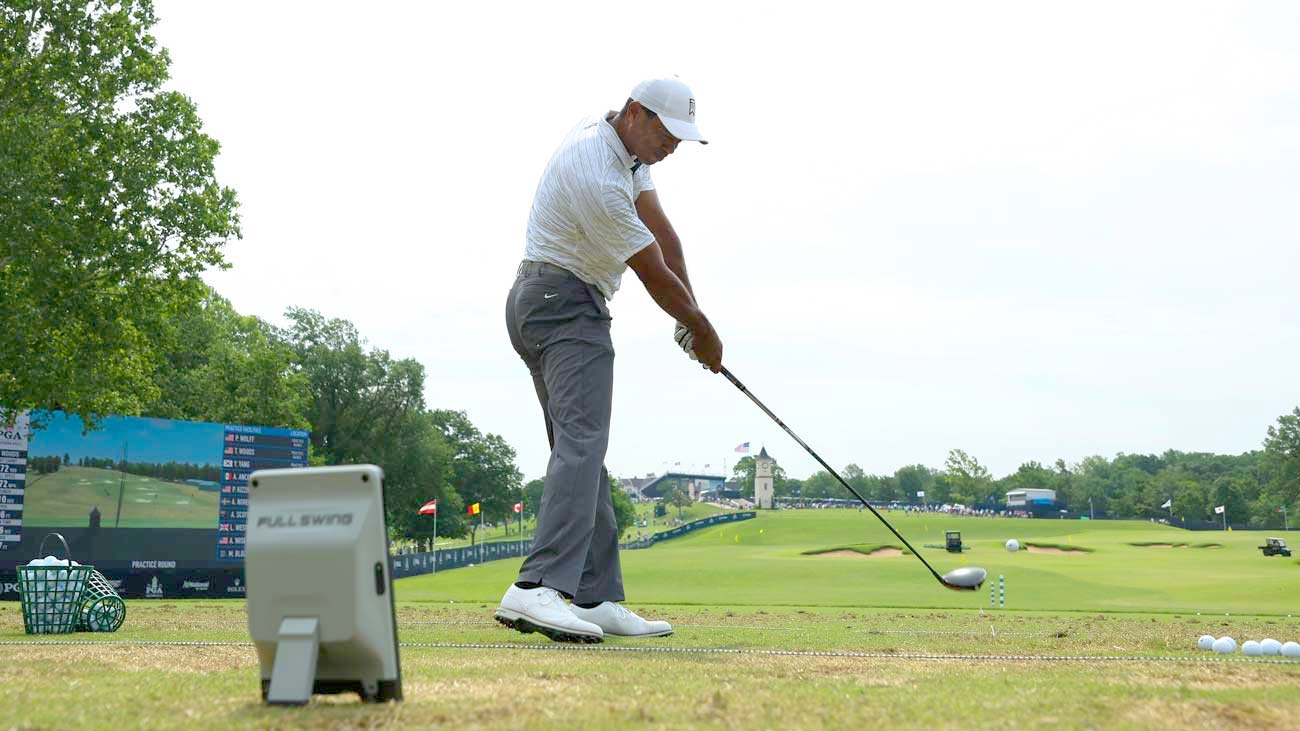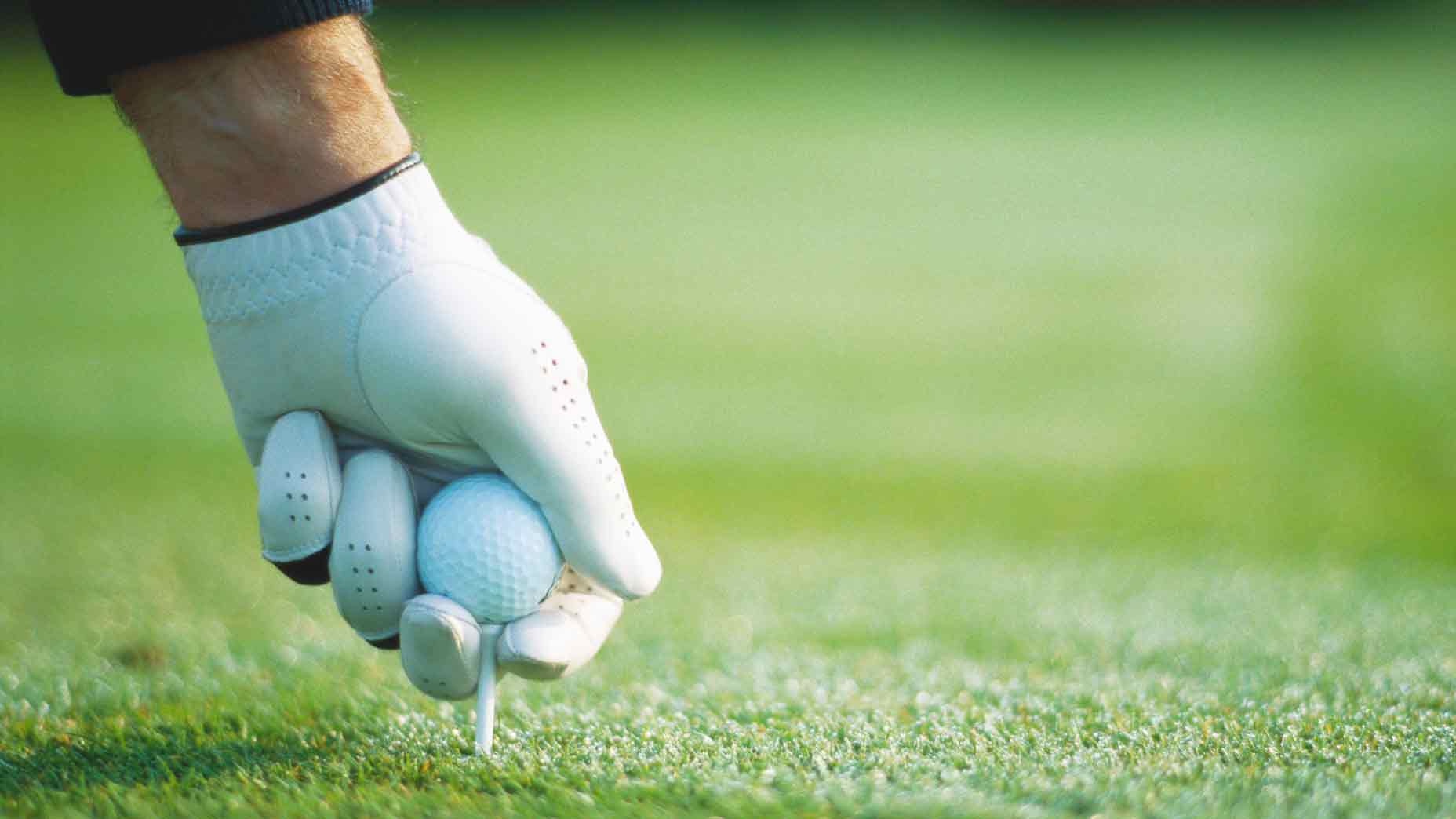
Tiger Woods hitting driver.
Getty images
When it comes to long drives, the magic number for some golfers is 300 yards.
But for many average players, unless you’re pegging it on the moon or on rock-hard fairways, the 300 mark can be a difficult feat to crack — but that doesn’t mean it’s impossible.
Yes, roll-friendly conditions can work wonders for distance, as we see week to week on the PGA Tour, but most golfers don’t play under PGA Tour conditions. That means it’s especially important for weekend players to understand their swings and gear to make sure they reach their potential off the tee.
The formula for distance
Just like you can’t build a house without a foundation, you can’t add distance without clubhead speed.
The general rule of thumb for driving optimization is for every mile per hour of clubhead speed that golfers produce (as a combination of carry and roll), they add 2.75 yards of distance. So to hit a ball 300 yards under normal conditions requires approximately 109 mph of clubhead speed. Clubhead speed directly relates to ball speed, which is influenced by the quality of strike, i.e., how center to the face it is.
There are exceptions to this rule under various conditions and clubhead speed isn’t the only factor. As the chart from Ping demonstrates below, hitting up on the ball with an upward (positive) angle of attack helps increase launch and decrease spin, which is the secret sauce to distance.

PING Golf
If you’re not a golfer who naturally hits up on the ball, the first step should be to work with a pro to help build fundamentals off the tee. Your driver choice and specs also matter, so fitting also plays a crucial role in helping you achieve more ideal launch conditions.
This is because even if you don’t create the perfect launch conditions with your current swing and driver, it’s possible to adjust your equipment to help optimize and this is where understanding what to look for on the course or at the range can help you make big changes quickly.
Last but not least, as mentioned at the top, clubhead speed is the biggest determining factor when it comes to increasing ball speed and distance, and even if you aren’t working on actively increasing your clubhead speed, there are still ways to boost ball speed.
One of those is by using a higher MOI (more forgiving) driver which can help retain ball speed better on shots missed around the face. Or, if you want to try something that might seem counterintuitive to adding speed, try chocking down, or cutting your driver to a shorter length to help improve center-face contact.
Ball speed drops off quickly on shots missed around the face, so if you can find that sweet spot just a little more often and under the right conditions, you might find yourself making one of the sweetest walks in golf: 300 yards to play your second shot.










